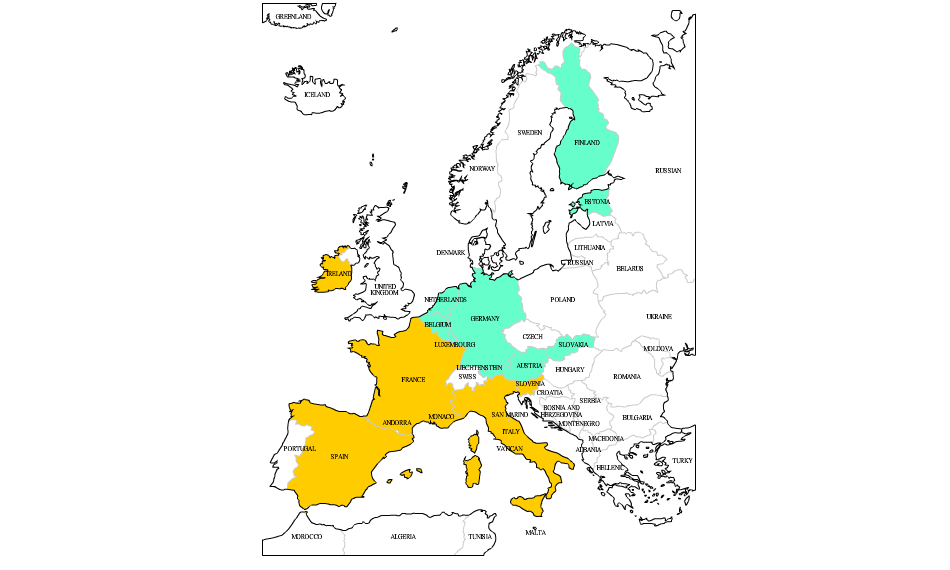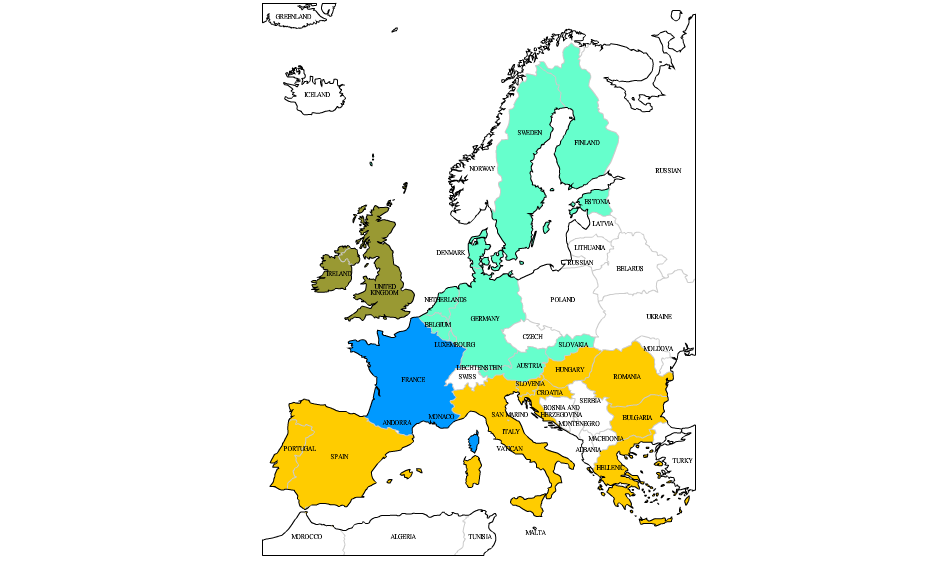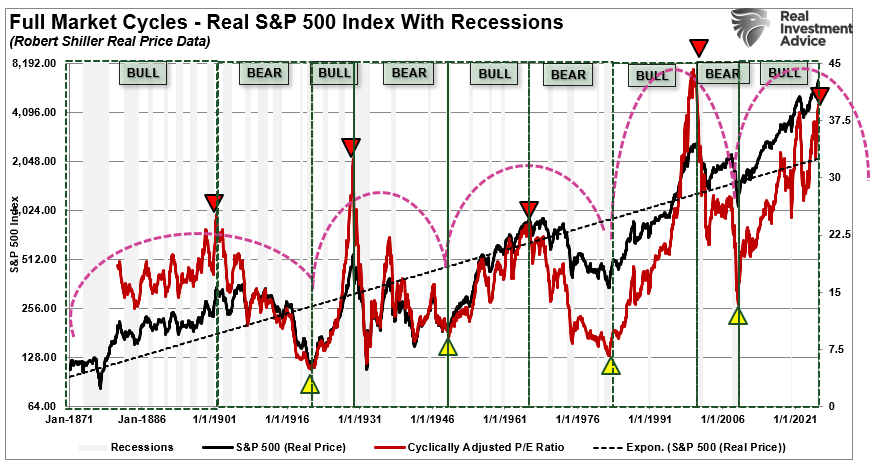A retrospective from the year 2030 on two decades of failed european integration policy and 10 years of successful disintegration policy
The following essay shows that currency regimes come and go over the time. Nothing is stable with the time, especially the use of a currency. What has never happened in history is the use of common currency without a fiscal or political union.
2012: The chaos of the Greek euro exit
In the year 2012 Greece was forced to leave the euro. After austerity measures hit the country hard, tax revenues strongly fell. Due to the strong euro and to civil war fears, Greece’s main source of income (16% of GDP), the tourism, dropped by 15% in Q1 2012.
2012-2014 Increasing contagion, ESM is doubled
Since the euro countries did not find a solution for their issues in 2012, contagion in the form of ever rising bond yields takes place. In 2014 Italy and Spain need to pay 7% and 8% yield for their 10 year bonds. Spain accepts to get help from the ESM, which in the meantime had been more than doubled in size to 2 trillion €. Finally also Italy gets aid from the ESM, despite strong tendencies in the country to exit the euro.
2014 The second Financial Crisis: Portugal exits the euro
In the year 2014 a second financial crisis builds up, but this one is smaller than the one in 2008/2009. Main reasons were the 2 years slow growth of the Chinese and American economy and the contraction in all European countries (except Germany).
Portugal exists the euro after it has understood that being in the euro is only counter-productive. The re-introduction of the Escudo leads to a bank run and strong inflation. The ESM is fortunately able to finance the needs of the portuguese banks and give Portugal a first start with its new currency.
2017 The Recovery: Chinese wage inflation take a hit on developed economies
After one of year of a slight GDP contraction even in the US, the Chinese government decides to introduce a big stimulus package and strong monetary easing. Unlike a similar program in 2009 this one ends up in large wage increases for Chinese workers. And thanks to higher wages the Chinese finally start to consume.
Higher wages in China leads to higher import prices in the developed economies. The CPIs in the EU and the US rise over 3%.
2018 Inflation in Germany and Finland topping 4%, but the ECB still reluctant to hike rates
Higher inflation causes German and Finish wages to rise over 4% in 2018, the highest increase since 2011. The ECB, however, is still reluctant to hike rates over the current 1%, because the PIIGS are still in recession. Since 2011 home prices in the PIIGS have decreased on average by 25% (since 2007 even by 40%), a rate hike would mean that even more owners with adjustable-rate mortgages (85% of home owners in the PIIGS) will be under-water.
2019 Northern euro zone countries secretly prepare alternatives to the Euro
Being upset with the low interest policy of the ECB, the Northern Euro countries, Germany, Austria, the Netherlands and Finland start secret plans to introduce a Northern Euro.
2020 Finland leaves the euro zone and introduces the Northern Euro “Neuro”
The Northern Euro introduction plans are published. The idea of the Northern countries is a slow introduction so that financial markets are not shocked, Germany should join only later. The first Northern country to leave the euro is Finland, they introduce the Northern Euro, the so-called “Neuro”. In the meantime the ECB has raised rates to 1.5%. The Finnish National Bank, which takes responsibility of the Neuro, decides to hike rates to 2.25% on the first day, in order to tame Finnish inflation. Shortly after the introduction the Neuro rises to 1.25 € against the euro, but stabilizes later at 1.12 €.
2021 The Netherlands and Austria join the “Neuro”
In 2021 the Netherlands and Austria join the “Neuro”. The NECB is created. For the meantime it is located in Helsinki, many Finnish central bankers, previously responsible for the Neuro, move to the NECB. The shock for the financial markets was not that big as the Neuro creation in 2020. The Neuro rises against the euro from an average of 1.12€ in 2020 to 1.18 € in 2021. The NECB continues to fight wage inflation and hikes rates to 3.5%, a difference of 1.5% versus the euro zone.
2022 Belgium and Luxembourg join the “Neuro”
After their CPI inflation rose over 4% in 2022 Belgium and Luxembourg, the former strong proponents of the euro and pro-Eurobonds, decide to join the Neuro and to take benefit of the higher rates in the Neuro zone. The NECB hikes rates to 4.5%, whereas the ECB rates still stand at 2.25%. The Neuro rises to € 1.30 or US$ 1.62. Growth in Finland start to slow down due to higher rates and less competitiveness, but thanks to the cheap euro Germany continues to expand.
2023 Germany quits the euro zone and joins the Neuro. Euro is renamed to “Seuro”.
As announced previously, Germany exists the euro zone in 2023. Together with Germany, Estonia and Slovakia join the Neuro. German politicians and central bankers are happy that higher rates will calm wage increases. Another year of 3% wage inflation and a CPI of over 4%, would not have been possible. US house prices finally start to rise again, the US balance sheet recession seems to be finished.
Finally the italian attempts to print money and to be able to devalue the currency, are honored. The members of the ECB moves to Rome and is renamed to “SECB”. The NECB moves from Helsinki to Frankfurt, into the former buildings of the ECB. German members of the ECB join the NECB.
Together the remaining allies from Spain, France, Ireland, Malta, Cyprus and Slovenia, the SECB continues its low rate policy. The euro is officially renamed to “Seuro”.
By 2023 the Neuro and Seuro map looks as follows:
German exporters feel the pain of the sudden rise of their currency, but thanks to NECB and SECB interventions the increase of the Neuro against the Seuro remains limited to 1 N€ (Neuro) = S€ (Seuro) 1.60. The Neuro even falls against the dollar to US$ 1.44 thanks to the first US rate hike after 16 years of balance sheet recession and de-leveraging. The rate difference between NECB and SECB falls to 1%, because the SECB needs to hike rates to 3% to prevent inflation via imported products from the northern zone.
The ESM is increased to 3 trillion S€ or 2 trillion N€ and helps to finance the needs of the nearly collapsing Italian, Spanish and French banks. The question if the ESM and Targit2 debt is valued and repaid in Northern or in Southern Euros remains unsolved.
2024 France achieves a trade surplus, Italy a strong primary surplus
Thanks to the devalued Seuro France achieves for the first time in many years a trade surplus and Italy a strong primary surplus of 5%.
2025 French and Irish politicians put pressure SECB to hike rates, but SECB still reluctant
Due to its early start in 2007 the Irish deleveraging had already ended around 2020. Since then both Irish and French inflation has increased to levels of 4 %, but the SECB is still dominated by Spanish and Italian central bankers, its president is still Mario Draghi. French and Irish politicians urge the SECB to hike rates to more than 4%, but the SECB is still reluctant, because home prices in Spain and Italy (but strangely also in France) are still falling.
After years of discussions, Northern and Southern states agree that the ESM and Target2 debt among central banks is revalued to the yearly average exchange rate between N€ and S€.
2026 France and Ireland leave the “Seuro” zone
France leaves the Seuro and introduces the “New French Franc”, because the country needs to face its own dilemma: French monetary policy is stuck between rate hikes due to strong unions, who demand wages rise, and expansive monetary policy to fight the falling home prices.
Ireland quits the Seuro zone and decides to introduce together with Britain the “British- Irish pound”. Since the Irish economy strongly depends on the British one and the low interest rate policy of the SECB counters the needs of the Irish economy of higher rates, this step was necessary.
2028 Spain sees its first trade surplus
In 2028 Spain lives its first trade surplus, many Chinese are working now in Spain producing e.g. clothes and shoes with Spanish leather. The Spanish tourism industry strongly contributes to a strong current account surplus.
Italian and Spanish yields fall to 7% despite strong inflation of 4.5% and the huge ESM and Targit2 debt to the Northern states. The N€ falls from 1.70 S€ to 1.55 S€ at the middle of the year. Germans have converted to strong consumers and for the first time Germany has a trade deficit.
Greece, Portugal, Croatia, Bulgaria, Romania and Hungary join the Seuro Zone at the end of the year. Sweden and Denmark give up their local currencies and join the Neuro.
For the first time since its introduction Spain is able pay back some of its loans to the ESM.
The European map of 2028 shows four important currency areas:
- The Neuro
- The British-Irish Pound
- The Seuro
- The New French Franc
Are you the author? Previous post See more for Next post
Tags: competitiveness,deficit,deleveraging,ECB,ESM,Euro exit,Eurobonds,Eurozone,Finland,Fiscal Union,Government Bonds,Monti,neuro,Northern Euro,PIIGS,Political Union,seuro,Swiss National Bank,Target2,wage inflation





































